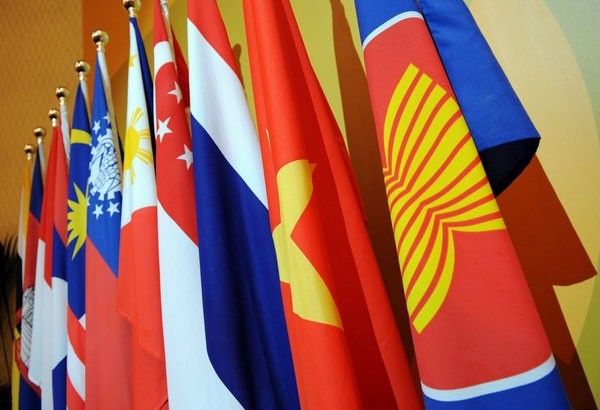Minimal impact of US-China trade war expected in ASEAN

SINGAPORE – The brewing trade war between the United States and China would have minimal impact on Southeast Asia as long as the conflict does not escalate into a full-blown conflict, according to Maybank Kim Eng.
Dato John Chong, CEO of the Maybank Kim Eng Group, said none of the member countries of the Association of Southeast Asian Nations (ASEAN) are major exporters of steel and aluminum to the US.
“For ASEAN, in particular, I think the impact will not be as much. A lot of impact will be on steel and aluminum exporters and ASEAN as a whole is not a large exporter of steel and aluminum to the US,” Chong said.
Aside from China, other major exporters of steel and aluminum to the US include Mexico, Canada and Korea.
US President Donald Trump ramped up tensions last week by imposing tariffs on $50 billion worth of Chinese exports to the US.
Beijing quickly countered announcing it would slap new import taxes on US imports worth close to $3 billion.
However, both China and the US are trying to negotiate to prevent the situation from spiraling out of control.
According to Chong, both China and the US contribute about 42 percent of global gross domestic product (GDP) and about 25 percent of global trade.
“So obviously if there is a major outbreak of trade war there will be impact, but so far we only see posturing,” he said.
Chong said the ongoing two-day Invest ASEAN 2018 forum in Singapore focuses on the rise of China and new technology as key forces driving the biggest change in ASEAN in the next decade.
He said China is now the largest foreign direct investment (FDI) contributor to ASEAN growing 45 percent to $71.6 billion from $1.8 billion between 2006 and 2016.
Chong added trade between China and ASEAN increased by 16 percent last year.
Trade between ASEAN and China also increased by 16 percent from 2016 to 2017.
ASEAN also accounts for the largest share of China mergers and acquisitions investments, making up about 30 percent of the total deals to Belt and Road countries for the period of 2005 to 2016.
Last year, China strengthened its commitment to the Belt and Road Initiative pledging an additional $124 billion.
Given China’s high savings rate and its push to strengthen regional connectivity via the Belt and Road Initiative, the capital flows to ASEAN will continue increasing and accelerating in the next few years.
Chong said ASEAN’s leading investment bank expects the GDP in ASEAN growing by about 5.2 percent this year, the same pace as last year.
The Philippines booked a GDP growth of 6.7 percent last year, albeit slower than the 6.9 percent recorded in 2016 that was fuelled by election-related spending.
This year, economic managers see GDP expanding between seven and eight percent as the Duterte administration has committed to spend P8.4 trillion for much needed infrastructure spending until 2022.
“The Philippine is obviously an important market and that will continue to grow for us. We have a strong banking operation in the Philippines,” Chong said.
- Latest
- Trending
























